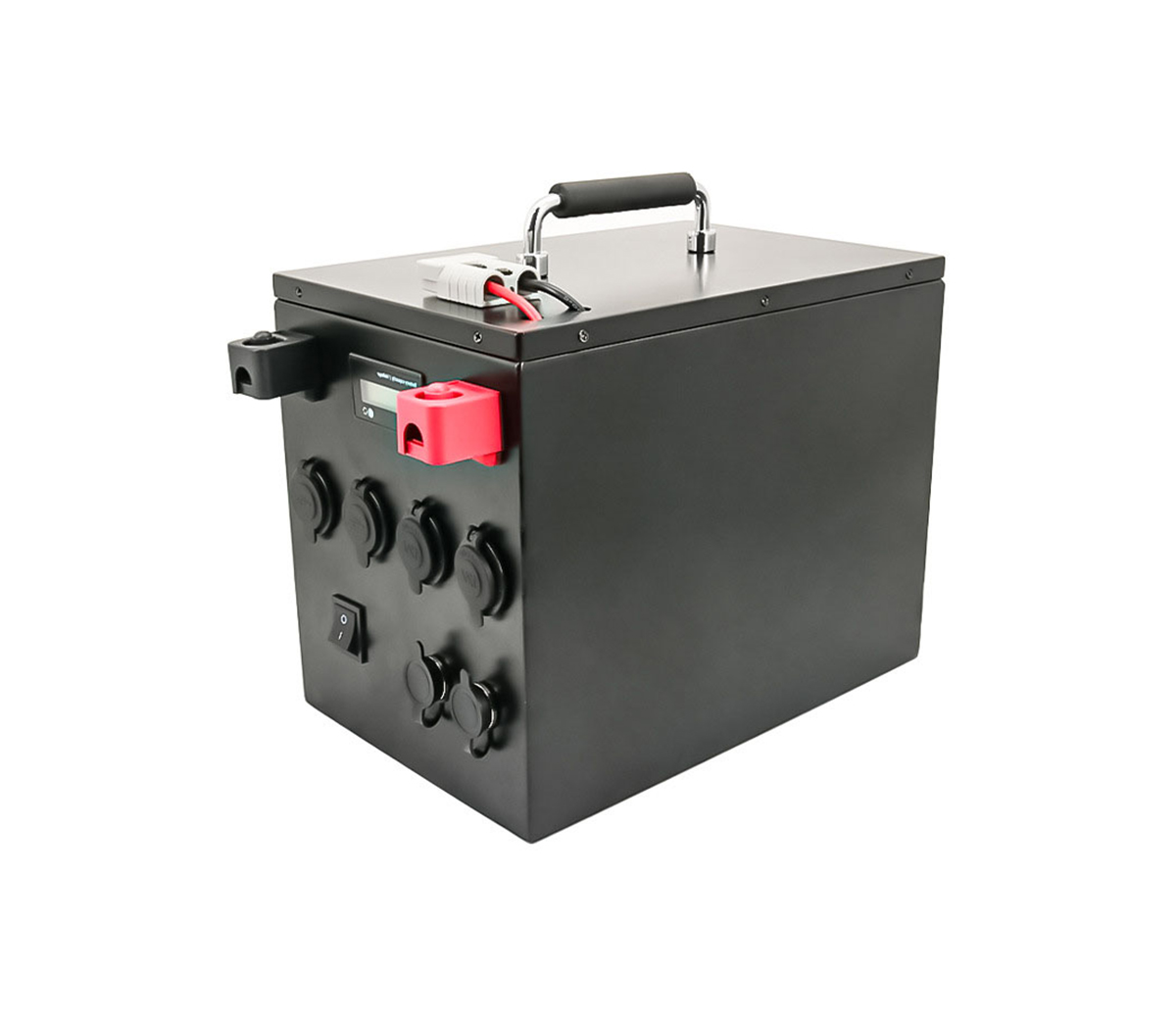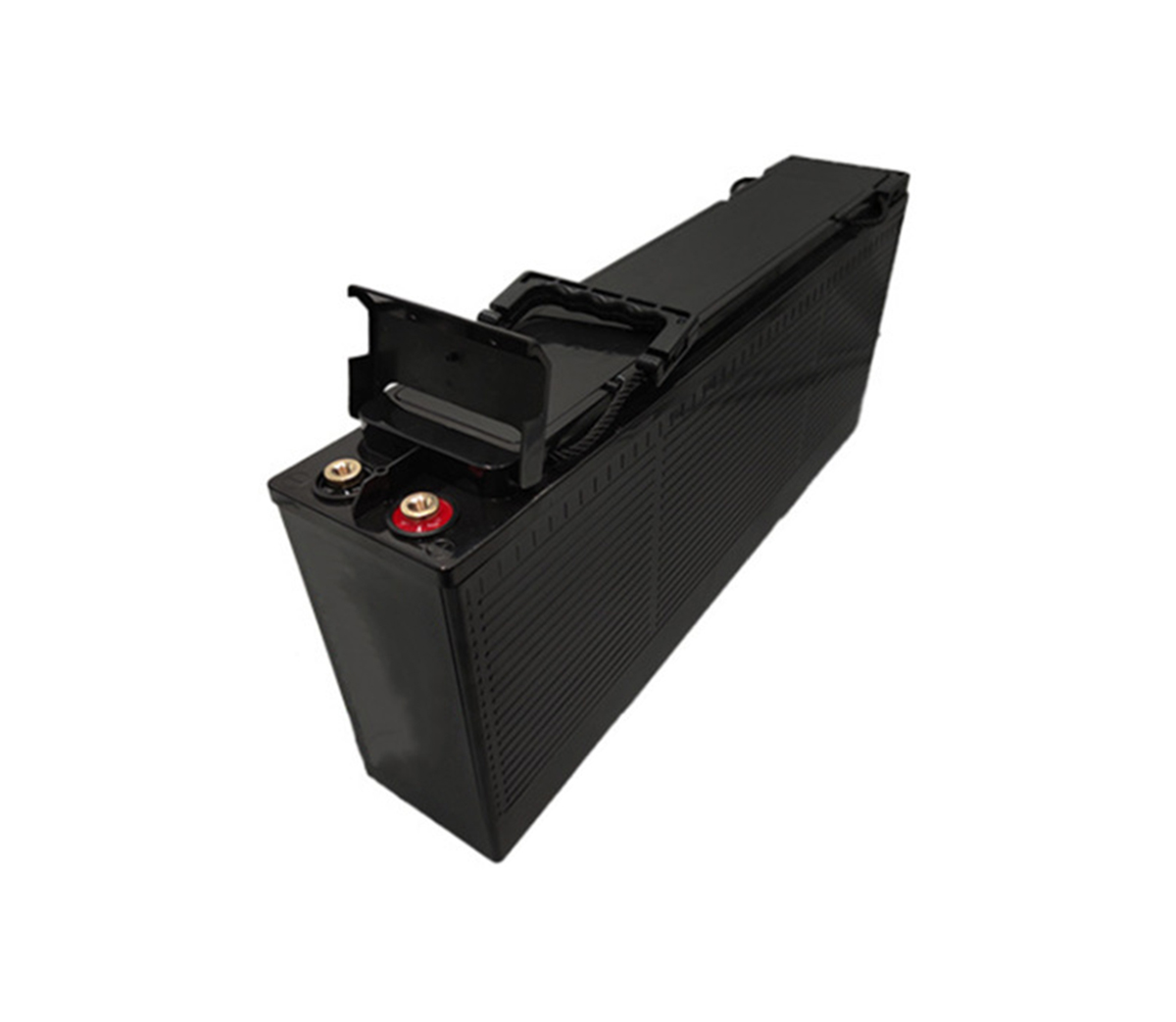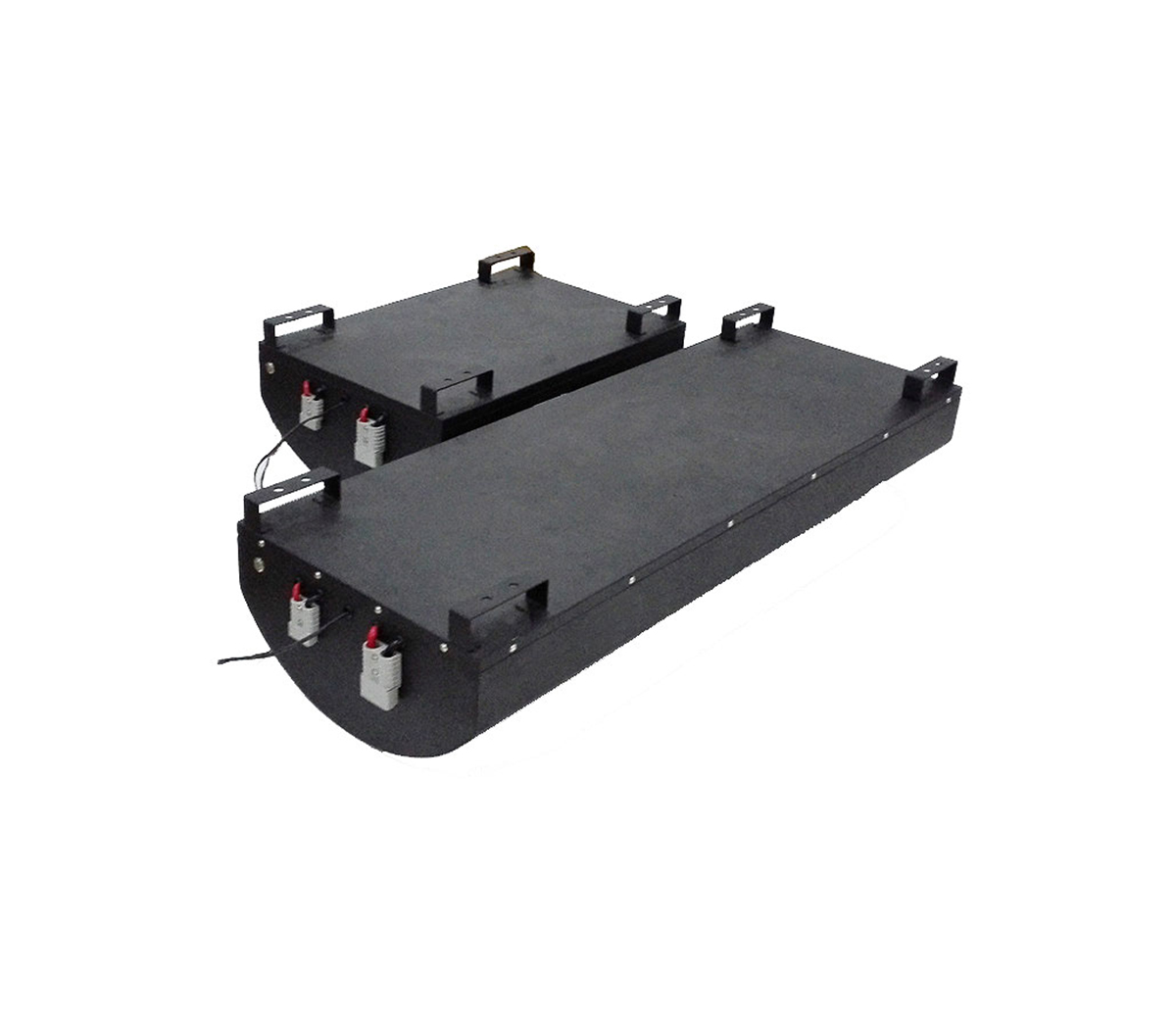As the global new energy wave becomes more and more magnificent,
photovoltaic power generation has become the main force of this wave. Especially
as the cost of lithium batteries decreases, distributed photovoltaic power
generation with lithium iron phosphate battery energy storage systems is
developing rapidly.
We focus on how to select the type of distributed photovoltaic power
generation projects to facilitate on-site installation, system matching, and
reliable revenue, and conduct some analysis.
Under normal circumstances, distributed photovoltaic projects can be
divided into three categories according to the scale of rooftop installations:
small household users, large households & small and medium-sized industrial
and commercial, large-scale industrial and commercial. Different scenarios and
applications have different component selection logic, and the corresponding
photovoltaic components are not as large as possible. For details, see
below.
1. Component selection logic for small household projects
The core idea is that the higher the installed capacity, the greater the
profit. However, because the roof area is usually small and the roof forms are
different, how to maximize the use of the roof area is particularly important.
In addition, the installation conditions are relatively harsh, and the
installation of large-size components is relatively difficult.
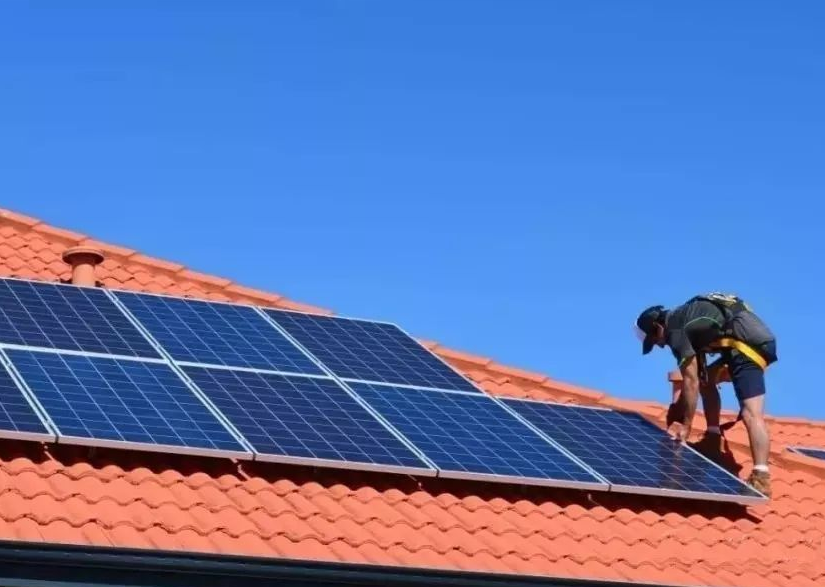
Based on this situation, it is recommended to use 166-60 version components
and 158-72 version components, because the size and weight are more convenient
for one person to carry and install (the weight of both components is controlled
at about 20kg).
The short-circuit current of 158-72 components is within 10.5A, which is
suitable for all kinds of new and old inverters, optimizers, micro-inverters,
etc. worldwide. The 166-60 modules that have entered the market in the past two
years have a short-circuit current of less than 11.5A, which can also be adapted
to mainstream inverter models in the global market.
2. Component selection logic for large-scale households and small and
medium-sized industrial and commercial projects
The usable area is moderate, the installation conditions are slightly
looser, and the cost advantages brought by high-power components are gradually
manifesting, but the core logic is still to use the limited area to increase the
installed capacity.
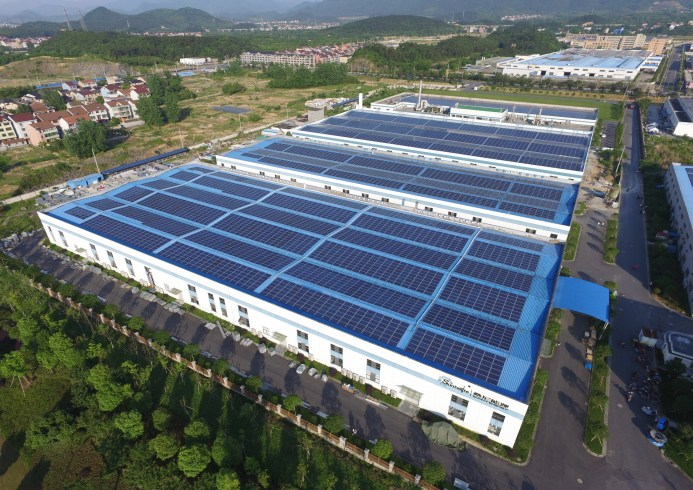
This type of roof area is relatively large, but it may have characteristics
such as irregular, scattered, inconsistent roof orientation, and low utilization
rate. In order to ensure the safety, reliability and power generation of the
project, comprehensive considerations need to be taken.
It is recommended to use 158-72 version components, 158-78 version
components and 166-72 version components. This series of components is
relatively flexible in size, relatively suitable in weight, high in power and
efficiency, easy to install, and its parameters are adapted to mainstream
inverter models in the global market.
3. Component selection logic for large-scale industrial and commercial
projects
The core concept is still that the higher the installed capacity, the
greater the profit, and the cost advantages brought by high-power and
high-efficiency components need to be considered.
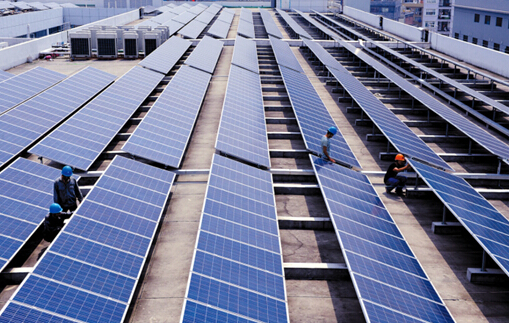
This type of project has relatively regular roofs, consistent orientation,
high usable area, and relatively flat roofs, which can assist mechanized
hoisting and handling equipment to facilitate product handling and installation,
so the component selection logic can refer to ground power stations.
It is recommended to use 166-72 version components and 182-72 version
components, which is the best solution for large-scale industrial and commercial
projects. These two types of components can be well matched with the system in
terms of size, weight, electrical parameters, and system compatibility.
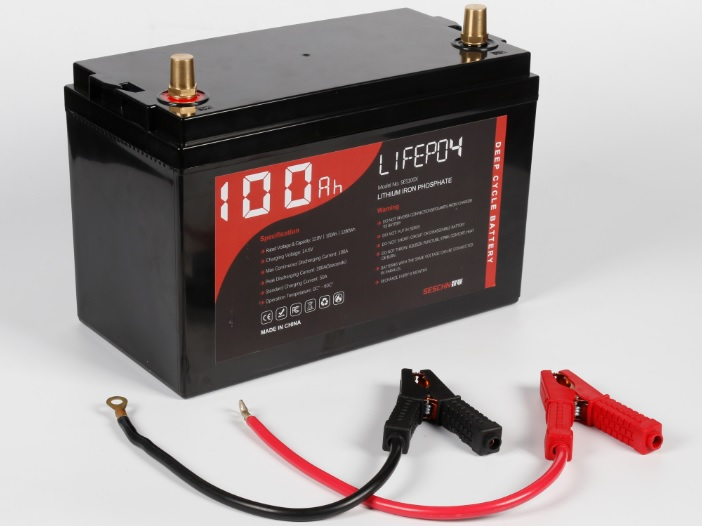
Lithium-ion battery (LIB) has become the main energy storage solution in
modern social life. Among them, lithium iron phosphate batteries are a perfect
substitute for lead-acid batteries, and are the first choice for grid-connected
peak shaving, off-grid energy storage, photovoltaic energy storage, UPS, data
center and other industries.
Solar power generation system with lithium battery energy storage system is
a very promising clean energy.













